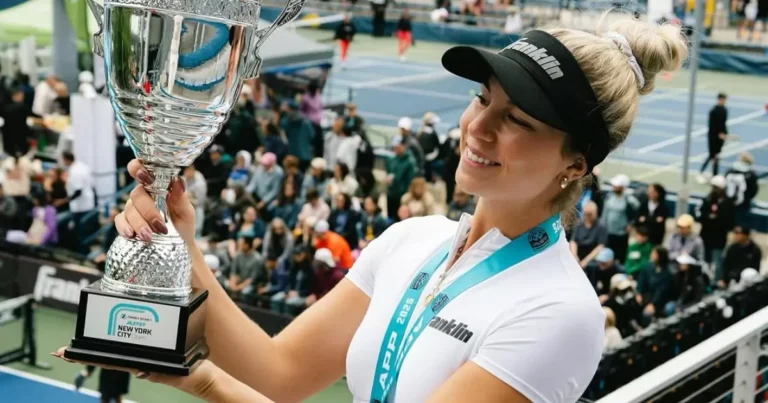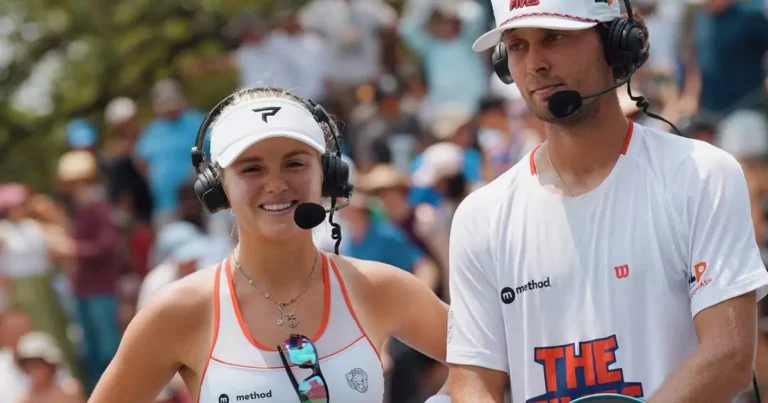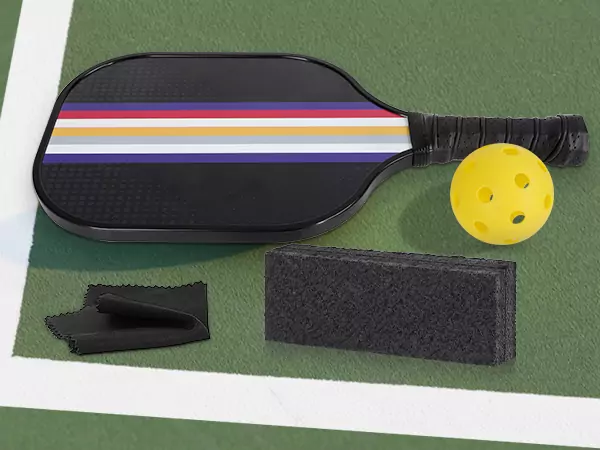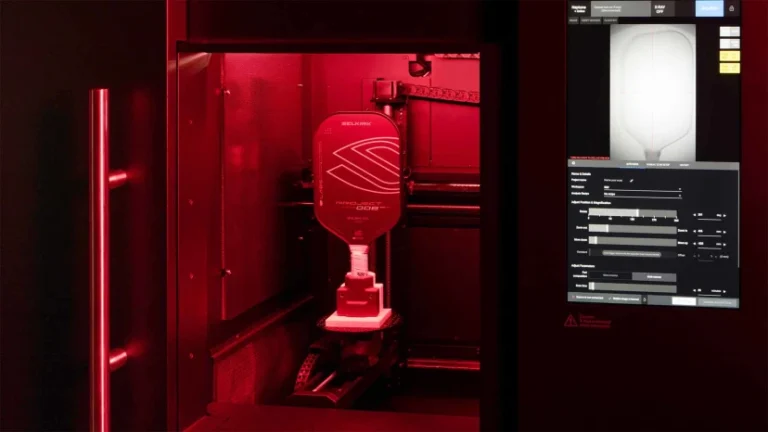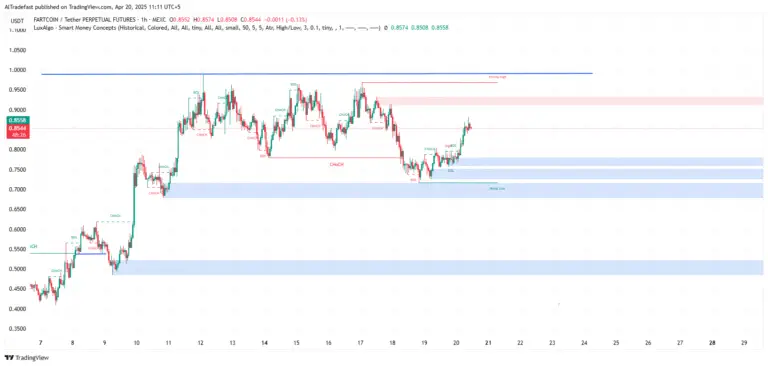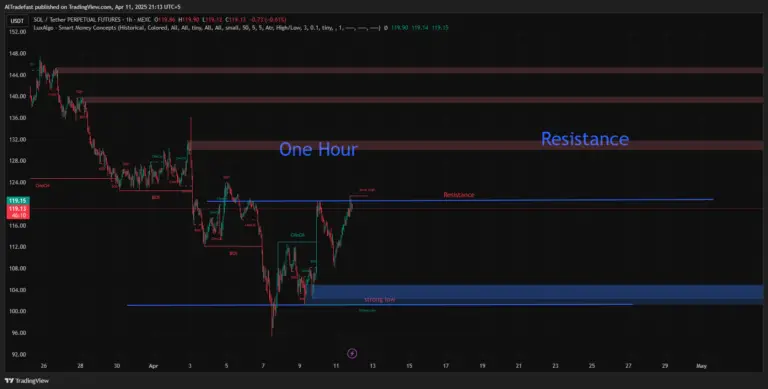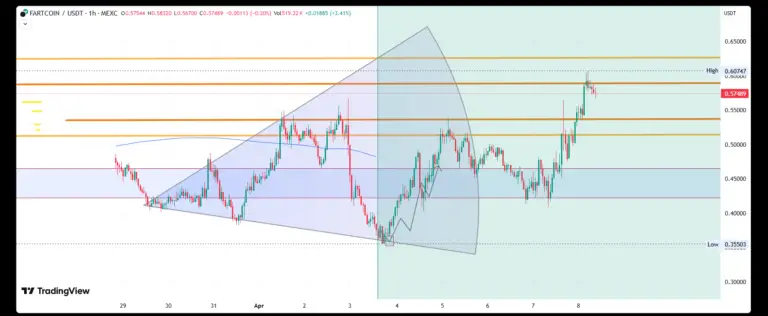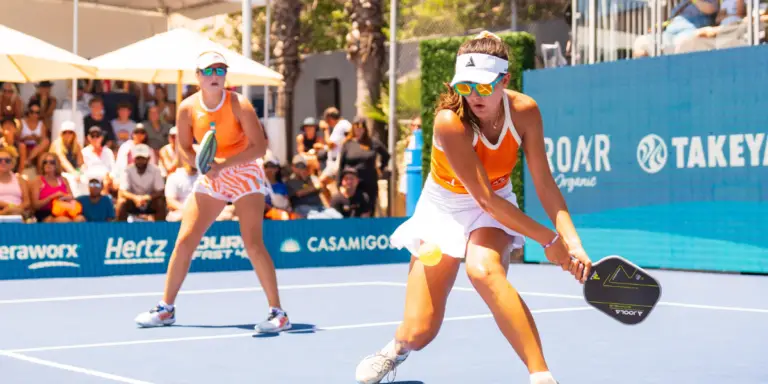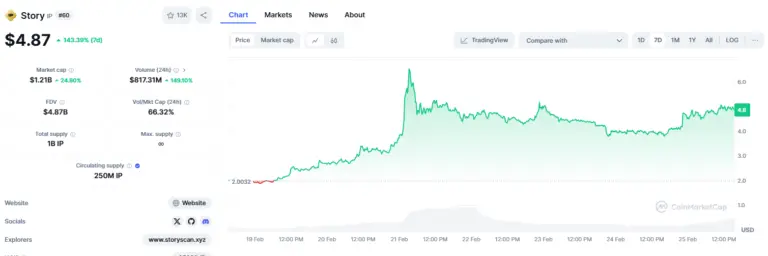Pickleball is a fun and fast-paced sport, and communication is crucial to success on the court. A critical aspect of communication is using hand signals to convey strategy and directions to your partner. This article’ll cover the essential pickleball hand signals you need to know to take your game to the next level.
Different hand signals and what they mean
Pickleball teams use three main hand signals most often. Although there may be slight variations from team to team, these are the most common:
- Open hand
- Closed hand
- Fake
Open hand
When your partner extends an open hand while standing at the kitchen line, it signals you to switch positions. After returning the serve, your partner will move laterally to cover the open space in the kitchen, and you should quickly move to their current side to swap positions.


Returning the ball directly ahead to your opponent is generally recommended when switching sides. This strategy makes it more challenging for them to capitalize on your movement with their third shot. Additionally, it allows your partner to cover for you more effectively, regardless of whether your opponent hits their third shot straight or crosscourt.
Closed hand ✊

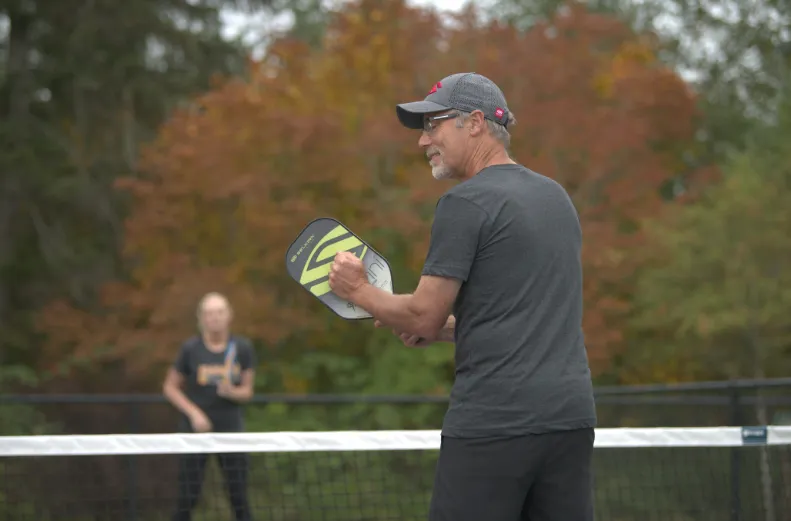
When your partner shows a closed hand, it signals to ‘stay’ in position. They will remain at the kitchen line, and after you return the serve, you’re free to move to the open spot directly ahead. In this scenario, aim to return the ball crosscourt to give yourself ample time to reach your position and create a more difficult shot for your opponent if they try to disrupt your movement.
No posts
Fake
Some players use a signal to indicate they’ll ‘fake’ a switch, pretending to move to the other side of the court before quickly returning to their original position. This tactic aims to confuse opponents who anticipate a switch and plan their third shot accordingly. However, when the player fakes and returns to their starting side, the opponent’s third shot may be misplaced or directed at the wrong player.
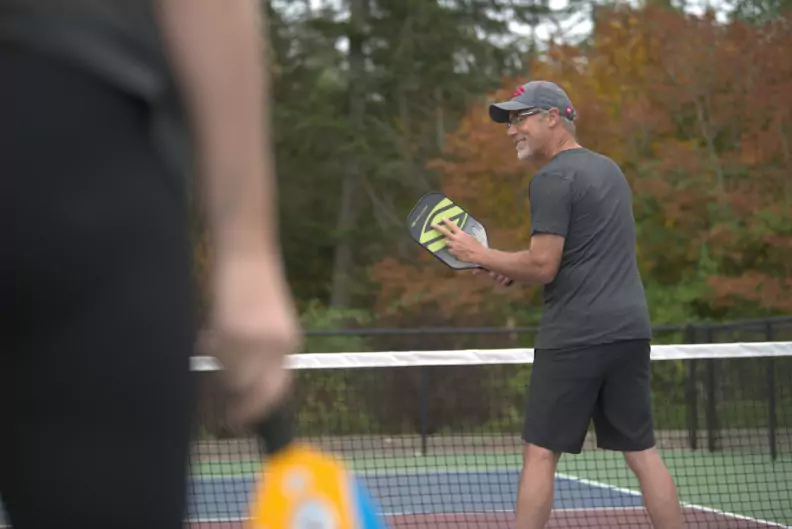

The fake signal is more commonly used among intermediate players, who may lack the confidence and ability to read their partner’s movements like professional players do. Pro players often execute movements that could be mistaken for a switch, but they trust their partner to understand when they haven’t signaled a switch.
Other hand signals
While the basic hand signals are essential, you can create a more extensive vocabulary with your partner to enhance your communication and strategy. Here are some examples:
- Directional Signals: Use your thumb, middle, or pinky finger to point towards a specific direction (left, middle, or right) to indicate where you want your partner to return the serve. This helps target a particular opponent or creates a more predictable third shot.
- Shot Type Signals: Develop signals for specific shot types, such as:
- Lob: Hold up your hand with your palm facing your partner and move it upwards in a circular motion.
- Slice: Hold up your hand with your palm facing your partner and move it downwards diagonally.
- Player Targeting Signals: Use a specific finger or hand signal to indicate which opponent to target with your shot.
- Third Shot Signals: Create signals to indicate the type of third shot you want your partner to hit, such as a soft or a hard shot.
Why use hand signals in pickleball
Hand signals act as a secret weapon in pickleball doubles, silently coordinating your team’s strategy. They allow you to leverage player strengths through stacking, improve communication for a seamless offense after the serve, and surprise opponents with hidden tactics.
Using signals behind the back, the non-returning partner dictates their position (switch or stay) after the serve, influencing the returning partner’s shot selection for a more effective attack. Mastering these silent cues can enhance teamwork and give you a strategic edge on the court. Following are a few benefits of the hand signals in pickleball.
- Quick Communication
Hand signals allow players to communicate quickly and efficiently with their partner during a point. In the fast-paced game of pickleball, there’s no time to shout out instructions or have a lengthy discussion. - Improve Teamwork
Hand signals promote teamwork and coordination between partners. Players can create a solid and cohesive unit on the court by working together and using signals effectively. - Universal Language
Hand signals provide a universal language for players of all ages, skill levels, and languages. Whether playing with a seasoned pro or a beginner, hand signals ensure everyone’s on the same page.
Incorporating hand signals into your pickleball game will elevate your communication, strategy, and overall performance. So, get signaling and take your game to the next level!

